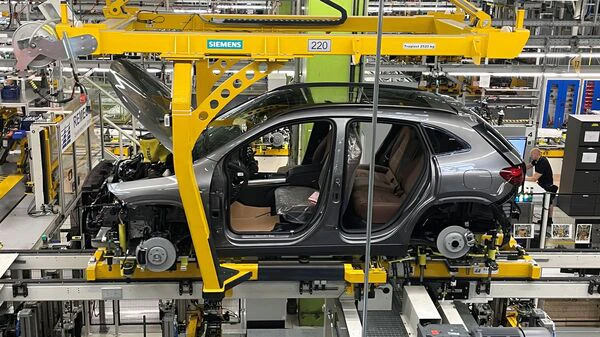After months of shadowboxing over trade and supply chains, Beijing has finally eased its grip, lifting the export ban on rare earth magnets to India.
For the auto industry, the move comes not a moment too soon. This ends a standoff for the Indian auto industry that could have disrupted production lines and hampered the country’s EV ambitions.
The decision follows a round of high-level diplomacy between External Affairs Minister S. Jaishankar and his Chinese counterpart Wang Yi, signalling a fragile but meaningful easing in bilateral trade friction.
( India’s Bajaj Auto flags lower-than-planned EV output on rare earth magnet crunch)
The ban that stalled the wheels
Back in April, Beijing tightened the screws on exports of seven key rare earth elements and magnets, citing end-use checks and stricter licensing rules. For India, which depends on China for over 80 per cent of its magnet imports, the curbs landed like a punch to the gut.
Factories began to stutter. Maruti’s much-hyped e Vitara EV lost two-thirds of its near-term output forecast, dropping to just 8,200 units between April and September, down from 26,500. Bajaj Auto, too, warned of a possible “zero month” for electric scooter and three-wheeler output in August due to shortages. Crisil flagged how a 30 day delay in magnet supply, even though these parts account for less than 5 per cent of vehicle cost, could derail production of EVs and internal-combustion vehicles alike.
A vulnerability exposed
The Indian auto industry felt like a sprinter tangled in the blink of a false start. The EV race isn’t just about sleek designs, it’s about reliable supply chains. With India importing over 80 per cent of its 540 tonnes of rare earth magnets from China, that choke point exposed a vulnerability in the entire value chain.
Delegations in the industry were forced to push for emergency meetings with Chinese officials. Visas were approved for many executives, yet licenses to import were slow in coming. The vacuum forced the Indian government into fast-tracking discussions on subsidies to scale up domestic magnet manufacturing.
What the ban’s removal unlocks
Now, with China easing export flows, the clock resets, and India’s auto industry can restart its engines. EV production lines can roar back to life. Maruti Suzuki, for one, can push up e Vitara volumes in the second half of fiscal 2025-’26 and still meet its yearly goal of 67,000 EVs. Bajaj would have a fighting chance to salvage August production.
( Maruti Suzuki e-Vitara’s production to start on 26 August)
More than just immediate reprieve, this development becomes a bridge to a more resilient future. It gives breathing space to ongoing efforts, like IREL’s pursuits with Japan and Korea to kickstart domestic rare earth magnet production, and India’s national push to build processing infrastructure.
The road ahead
The Indian auto industry has learned its lesson hard. Gone are the days when a strategic choke point could bring production to a standstill. While the lifting of the ban is satisfying, it is not enough. Building internal capacity, diversifying supply chains, and strengthening domestic manufacturing now seem inevitable in the EV era.
For India’s automobile sector, the lifting of the ban is both a relief and a reminder. Relief, because supply lines can start moving again. Reminder, because overdependence on a single source is a strategic vulnerability no industry can afford. In that sense, the rare earth episode may just have handed India’s EV transition its most important lesson yet: resilience matters as much as scale.
